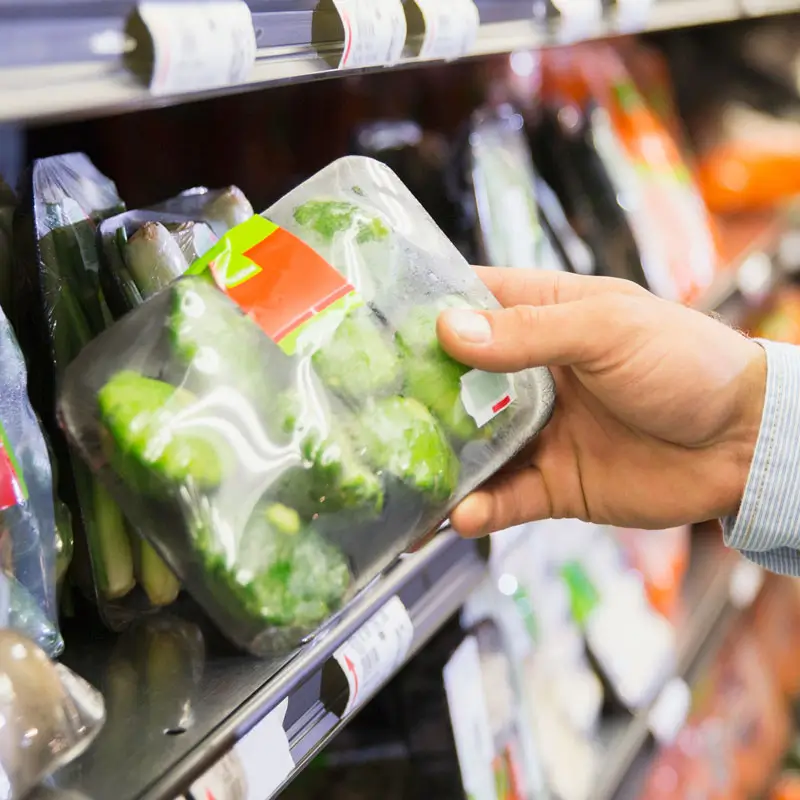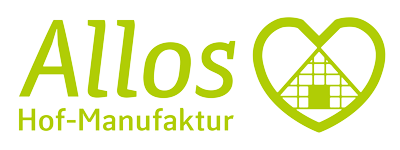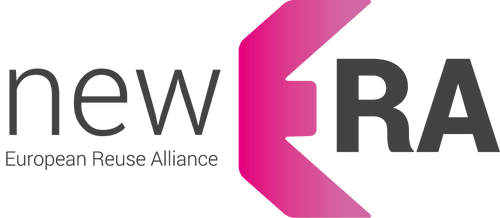The term ‘food compliant’ describes materials and products that are suitable for contact with food and safe for human use. They do not release harmful substances into food, do not impair the quality and safety of packaged foods, and meet all legal requirements. From cling film to reusable containers to go – every material that comes into contact with food must meet strict requirements and be recognized as food compliant. This blog post will therefore take a closer look at the laws and regulations in the area of food compliance in the EU, Germany, England, and France, and why their compliance is so important.
What Laws Regulate the Food Compliance of Packaging?
The health of consumers is paramount, and thus all food must meet the highest safety standards. The EU has therefore established regulatory frameworks for the protection of consumers, which have been transposed into national law by the member states. All materials that come into direct contact with food must be tested for their food compliance. In Germany, there are additional guidelines complementing the existing EU regulations, such as the Ordinance on Food Hygiene (LMHV) and the Ordinance on the Labeling of Food (LMKV). According to § 31 of the German Food and Feed Code (LFGB), items must not release substances onto food or its surface in quantities that are capable of
- Endangering human health and
- Unreasonably affecting the composition, smell, taste, or appearance (e.g., color) of the food.
What Regulations on Food Compliance Apply EU-Wide?
In the European Union, the food compliance of packaging is subject to a comprehensive set of rules that applies equally to all EU member states and has also been transposed into national law in Germany and France. An overview of the various national and EU-wide regulations is provided by the Federal Ministry of Food and Agriculture (BMEL). The core of the regulations on the food compliance of reusable packaging is Regulation (EC) No. 1935/2004, which sets out basic safety requirements for materials that come into contact with food. Regulation (EC) No. 2023/2006 ensures that good manufacturing practices are applied. For plastic packaging, Regulation No. 10/2011 applies specifically. The use of epoxy derivatives, for example, is regulated by EU Regulation (EC) No. 1895/2005, while Regulation (EC) No. 450/2009 deals with active and intelligent packaging materials that release substances into packaged food or absorb substances from it. These various regulations form a dense network of rules and regulations to ensure the safety of food packaging throughout the EU. The following regulations are particularly important for packaging.
Regulation (EC) No. 1935/2004
The EU Framework Regulation (EC) No. 1935/2004 regulates the general requirements for the safety of materials and objects that come into contact with food. Materials and objects must not release health-hazardous components into food, not cause unreasonable changes to the food, and not impair its smell or taste.
Regulation (EU) No. 10/2011: Materials and Objects Made of Plastic
EU Regulation No. 10/2011 regulates the requirements for materials and objects made of plastic that come into contact with food. It specifies not only specific substances that may be used in the manufacture of food contact materials made of plastics but also limits for the migration of substances from plastics and includes a positive list of approved substances.

Differences in Food Compliance Regulations Between Germany and England
While the food compliance regulations in Germany and England currently still share many similarities, England could increasingly go its own way in the coming years due to Brexit. This would lead to differences in regulations, particularly regarding the approval of new materials and the implementation of labeling and monitoring measures. Companies operating in both markets must closely monitor these developments and ensure that their products are compliant in both legal areas.
Germany and Food Compliance Regulations
Germany follows the requirements of the European Union (EU), particularly Regulation (EC) No. 1935/2004, which sets out the requirements for materials and objects that come into contact with food. The previously described Regulation (EU) No. 10/2011 for plastic materials also plays an important role. In terms of approval and monitoring, Germany has a strong monitoring and enforcement system, supported by the federal states and the Federal Institute for Risk Assessment (BfR). The compliance of materials is strictly monitored, and there is a harmonized system for the approval of new substances.
England and Food Compliance Regulations
After Brexit in early 2020, England began developing its own regulations based on previous EU rules but increasingly independent. England has adopted many EU regulations into national law, particularly through the Withdrawal Act 2018. There is also a separate regulatory authority, the Food Standards Agency (FSA), which oversees food safety and hygiene, as well as food labeling, among other tasks. In the future, approval practices could change, especially regarding new materials and substances that are approved for the UK market.
France and Food Compliance Regulations
France follows the EU regulations on food compliance, like Germany, and also adheres to the limits set for the use of substances that come into contact with food. The Direction générale de l’alimentation (DGAL) and the Agence nationale de sécurité sanitaire de l’alimentation, de l’environnement et du travail (ANSES) are responsible. The DGAL is responsible for practical monitoring and enforcement of the regulations, while ANSES provides scientific advice and risk assessments.
Conclusion on the Concept of Food Compliance for Reusable Packaging
Food compliance is far more than just a quality criterion for packaging – it is an essential requirement for the safety and quality of our food. Also, our reusable packaging, such as reusable cups and reusable boxes, is tested for food compliance and is safe for filling with food and beverages. From the development of new materials to strict monitoring by authorities, a complex EU-wide regulatory network is in place to protect human health, supported and complemented by further regulations and directives at the national level. As consumers, we can rely on such regulations to ensure that food-compliant reusable tableware and food packaging meet the highest standards. Ultimately, food compliance ensures that we can enjoy our food with confidence, from purchase to plate or as a takeaway meal in reusable containers.





